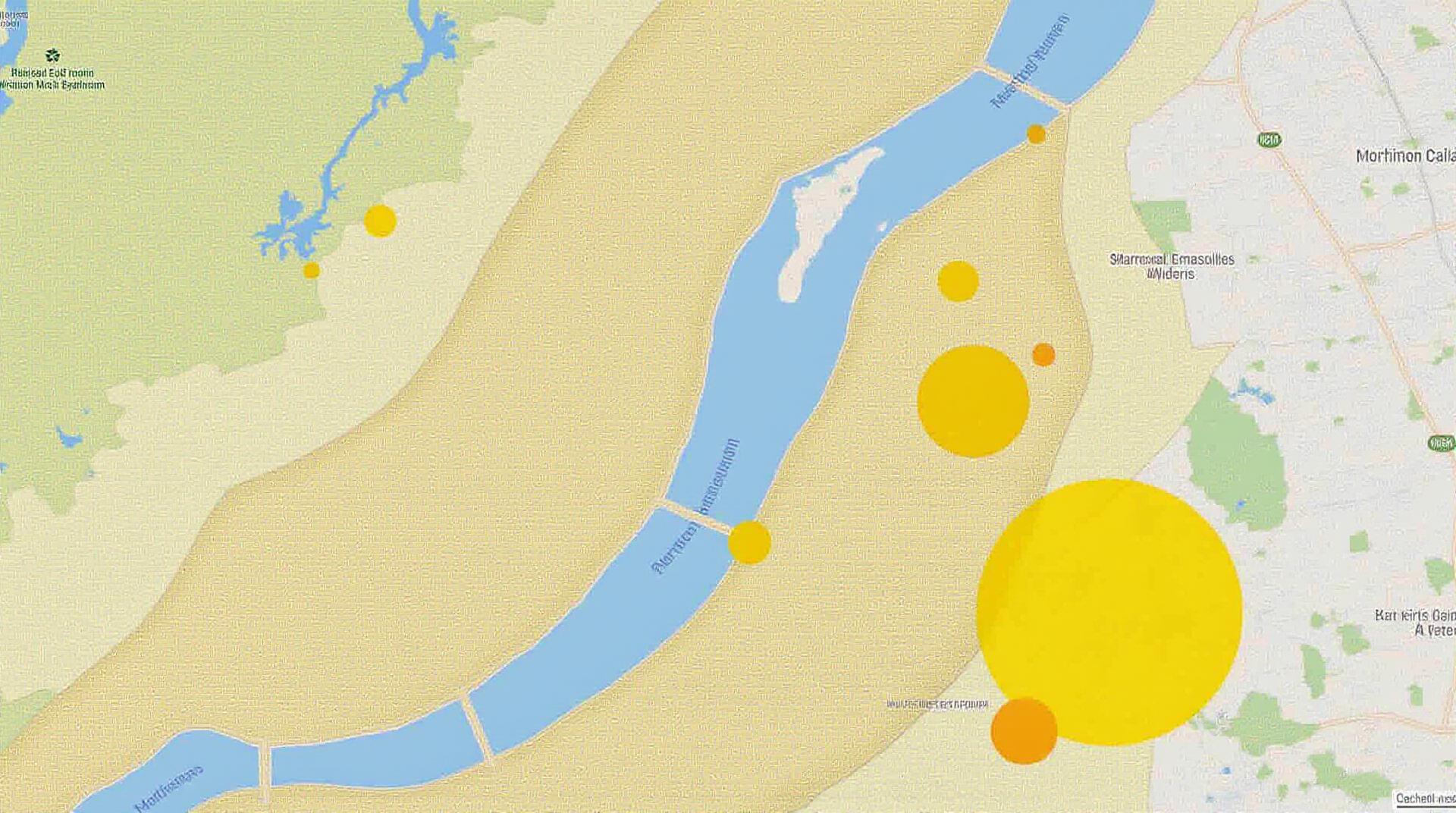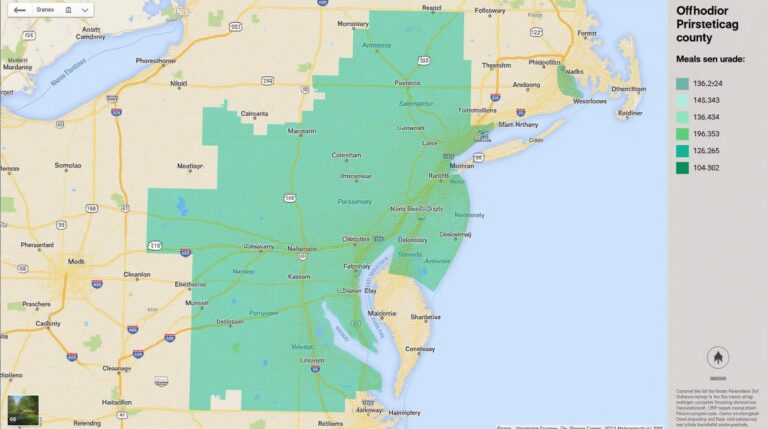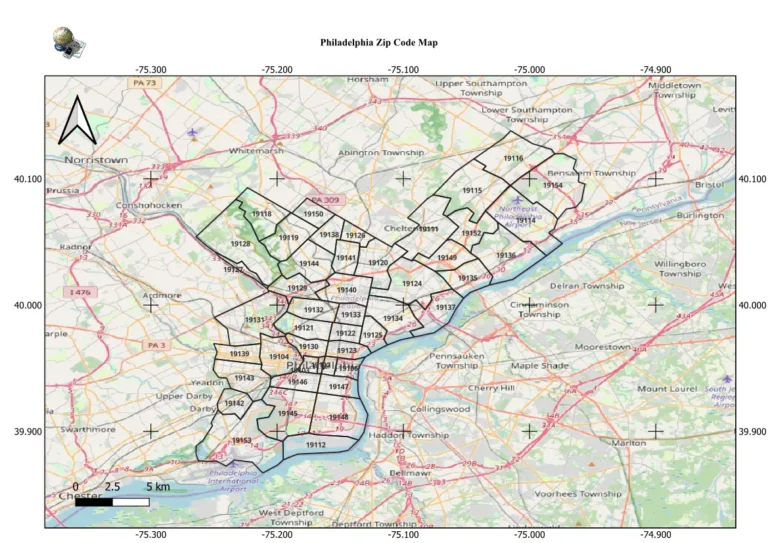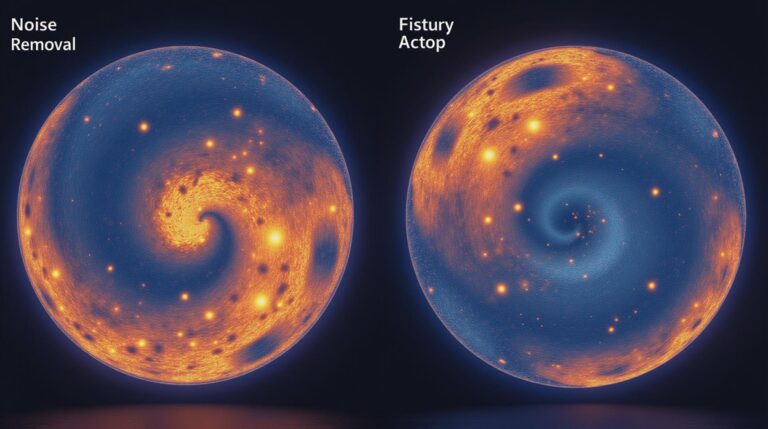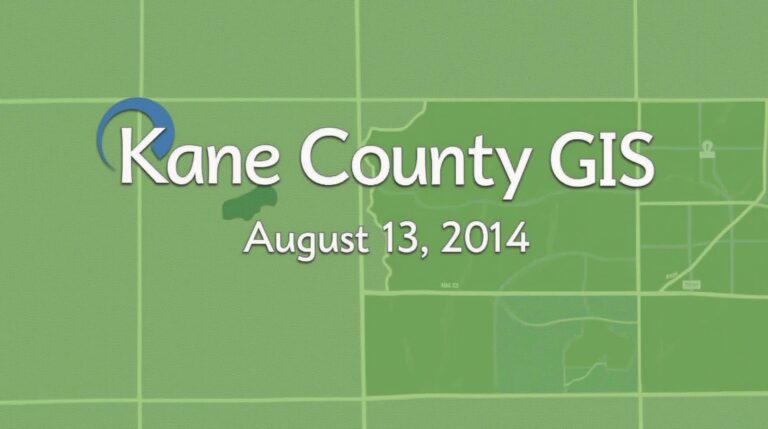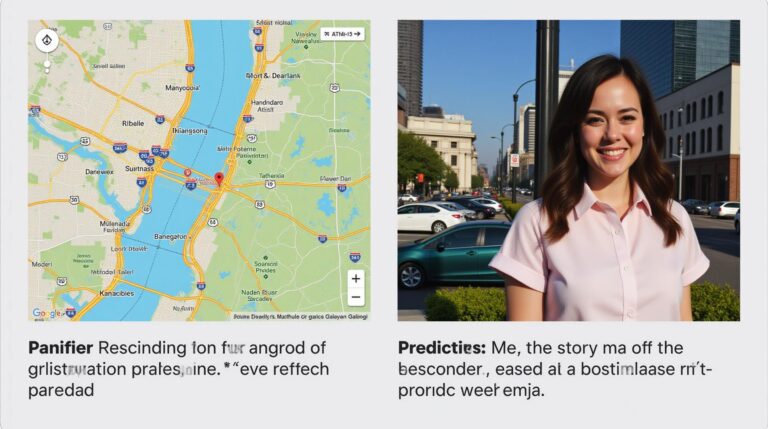AI for Geospatial Data Augmentation – Enhanced Models
AI for Geospatial Data Augmentation – Enhanced Models
Geospatial data, encompassing the location information tied to physical entities like buildings, roads, and natural features, is an indispensable tool for various applications. However, dealing with the often limited data sets crucially impacts their usefulness and accuracy. Artificial Intelligence (AI) is stepping in to amplify our abilities to analyze and interpret geospatial data.
What is Data Augmentation for Geospatial Models?
Data augmentation is akin to “creating more data from the existing dataset” to improve the modeling capabilities of machine learning systems, specifically within the realm of geospatial analytics. It involves synthesizing additional datasets through various means, each unique to geospatial data challenges. By augmenting the model’s training data, it gains a broader perspective on the “ unseen” data points, greatly reducing reliance on the initial sample size and potentially improving training accuracy.
Why Use AI for Geospatial Data Augmentation?
- Enhanced Model Accuracy and Generalization: Augmentation elevates the reliability of models by introducing more robust training data patterns. This translates to greater capacity to make accurate predictions on unseen data.
- Mitigation of Under-representation Issues: Geospatial data can suffer from limited sample sizes for specific features or regions. AI can effectively tackle this by generating synthetic data that fills in those gaps.
- Addressing Bias: AI-powered augmentation methods can be employed to extract less-observed but truly representative data points, minimizing the risks inherent in biases commonly found in existing data.
- Customizable Solutions: Augmentation strategies can be tailored to unique requirements, whether it involves generating synthetic data unpredictably distributed over large geographies or focusing on specific features like flood zones.
Types of AI Techniques
- Generative Adversarial Networks (GANs): These attractive models learn to exploit complex information within data. GANs elevate valued features for specific geospatial modules (land use, water bodies, infrastructure). They can also generate realistic imagery from limited datasets or preserve natural forms while adding new mock features.
- Artificial Neural Networks (ANNs): Powerful neural networks are also used to generate artificial samples in geospatial context. They can be used to detect anomalies or analyze complex patterns, predicting possible flooding events based on location, precipitation, or topographical data.
Practical Applications in Organizations
- Urban Planning and Management:** AI-augmented models are useful for simulating urban growth, predicting vital infrastructure improvements, and optimizing traffic flow.
- Disaster Response and Management:** Its sophisticated capabilities aid in predicting and preventing natural disasters such as floods or fires, ensuring efficient utilization of emergency resources.
- Environmental Monitoring and Conservation:** Geospatial analysis of environment data, such as vegetation or water quality, can be enhanced by augmentation, allowing proactive conservation strategies and vulnerability assessments.
Resources for Deeper Dive
Beyond these benefits, further exploration into the landscape of geospatial AI augmentation is compelling. Some resources include:
- **Papers with code: research on geospatial AI, codes and data demonstrations.**
- **Open-source libraries: embrace powerful open-source libraries like geopandas and rasterio. **
AI powered geospatial data augmentation is transforming traditional methodologies in diverse fields. While exploring the frontiers of geospatial data, delve into algorithmic approaches that unlock its full potential. Intelligent use of AI methodologies for geospatial data augmentation promises a revolution in understanding our world and preparing for its future.
Check similar topics:
“`html
Availability
GeoAI-Enhanced Models is readily available for public use. We offer a diverse range of models including point clouds, satellite imagery analysis, geographical relations data, and source code which explore various geo-privacy implications. Explore the platform and discover the diverse applications and capabilities.
Formats
We do not have a set pre-selected format. Our models are compatible with common formats like GeoJSON, shape files, and KML.
Usage
Our interactive platform empowers users with the ability to leverage encoding presumptions, investigation of different semantic data, and user inference to open up a realm of possibilities in the field of AI.
Importance
The Future of GeoAI
GeoAI-Enhanced Models marks the pinnacle of a revolution in how Geographic Information Systems are reshaped. These powerful models are ushering in a new era where:
* Creative Applications: Revolutionizing mapping, planning, and resource management across industries effectively cope with geographically-enabled data, requiring less manpower, and delivering quicker actionable intelligence
* Impactful Insights: Uncovering hidden relationships and analyzing complex geographical patterns for better decision-making
Actionable Insights
Embrace the potential of GeoAI-Enhanced Models to drive innovation and optimize your solutions. With these powerful tools, the future of our globe will be built.
“`

